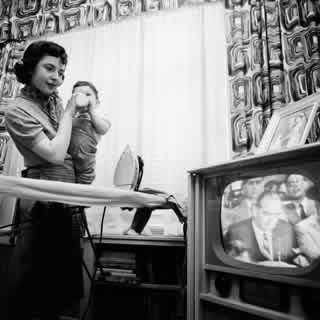This I Believe

With a name like This I Believe and with the involvement from Edward R. Murrow, you might think that this show was an editorial platform for Murrow. However, it was not an editorial vehicle for Murrow. It was a show about Americans and their beliefs. In another, more cynical time, Murrow and This I Believe would probably be called naive, but with Murrow’s reputation for journalistic integrity, his unapologetic love for America, and the time period, it was a hit. He could see that, after the last war, and with the looming shadow of the Cold War, Americans needed to find themselves again. They needed to remember what they believe. The biggest problem he ran into was top management at his own network. They increasingly tried to control the editorial direction, continually placing yokes on the news division and trying to make sponsors happy. Eventually, out of several shows Murrow was pitching, the brass approved This I Believe. The show was about beliefs. Not religious beliefs but...





